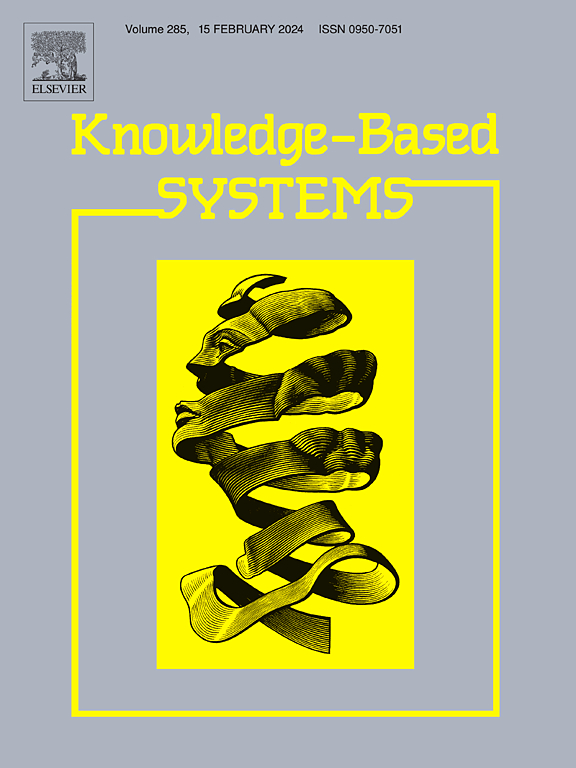SHKD: A framework for traffic prediction based on Sub-Hypergraph and Knowledge Distillation
IF 7.2
1区 计算机科学
Q1 COMPUTER SCIENCE, ARTIFICIAL INTELLIGENCE
引用次数: 0
Abstract
Traffic prediction is a critical function of Intelligent Transportation Systems. Inspired by Graph/HyperGraph Neural Networks theory, researchers have proposed a series of effective methods for traffic prediction that have been proved as significant successes. Most methods construct an unchanging graph or hypergraph based on a fixed traffic network topology during prediction. These methods treat all traffic data (flow, speed, occupancy) equally, ignoring the different inherent attributes of traffic data. Other methods construct dynamic graph or hypergraph based on traffic data but ignore the topological structure of the road network itself. These methods will decrease the accuracy of prediction results. In this paper, we propose an innovative framework for traffic data prediction based on Sub-Hypergraph and Knowledge Distillation (SHKD), which effectively extracts traffic data features and combines them with road network topology. Specifically, we first cluster traffic data based on the inherent attributes and construct hypergraphs for data with similar attributes to represent their relationships, referred to as sub-hypergraphs. Then a teacher network is built from these sub-hypergraphs to extract the data features in traffic, while a student network is constructed based on the geographical connectivity among roads to extract global topological features. To integrate the two types of features, we apply a knowledge distillation method to transfer the data features learned by the teacher network into the training process of the student network, yielding the final prediction results. The proposed method has been assessed with several real-world datasets in predicting traffic status. The experimental results demonstrate the effectiveness of the proposed method.
求助全文
约1分钟内获得全文
求助全文
来源期刊

Knowledge-Based Systems
工程技术-计算机:人工智能
CiteScore
14.80
自引率
12.50%
发文量
1245
审稿时长
7.8 months
期刊介绍:
Knowledge-Based Systems, an international and interdisciplinary journal in artificial intelligence, publishes original, innovative, and creative research results in the field. It focuses on knowledge-based and other artificial intelligence techniques-based systems. The journal aims to support human prediction and decision-making through data science and computation techniques, provide a balanced coverage of theory and practical study, and encourage the development and implementation of knowledge-based intelligence models, methods, systems, and software tools. Applications in business, government, education, engineering, and healthcare are emphasized.
 求助内容:
求助内容: 应助结果提醒方式:
应助结果提醒方式:


